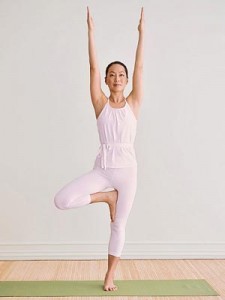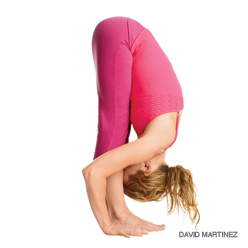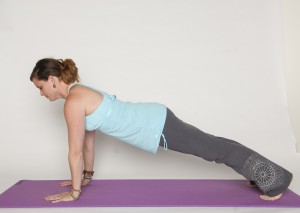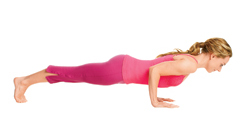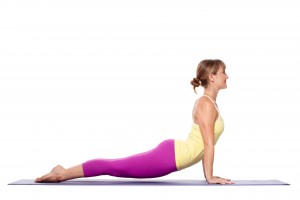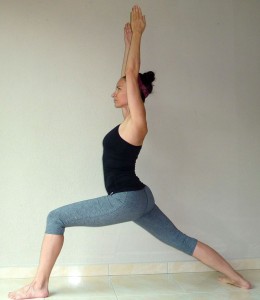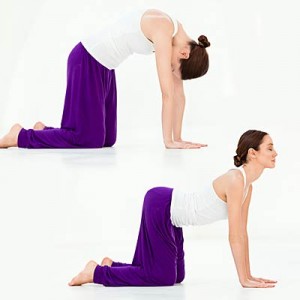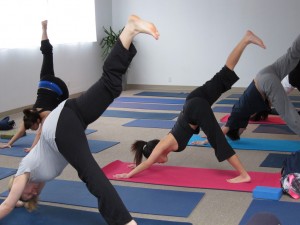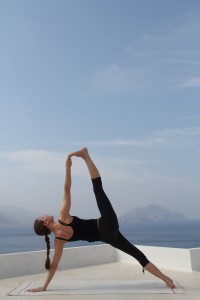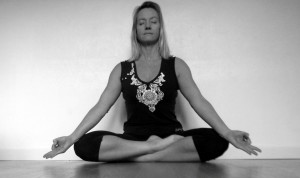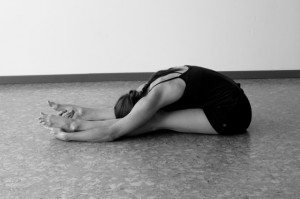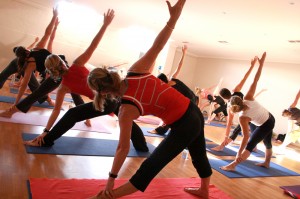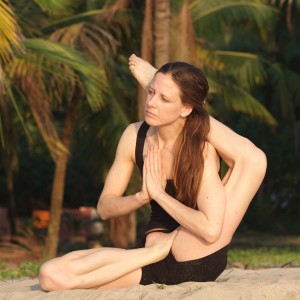I often get emails and comments from people telling me they want to start yoga but don’t think they have what it takes. I’m too big, I’m not flexible, I could never do that pose or I don’t have the strength. These are just some of the many excuses people put in the way of them and their yoga practice.
Here is something I’ve learned through my journey with yoga thus far; it is truly not about the destination. It’s not about putting your legs behind your head or standing on your hands, and this is something you will learn quickly if you go to any yoga studio. Yoga is a journey of self-love and acceptance. Perhaps, for this reason, yoga is best for those who think they can’t.It doesn’t matter if you can’t do a single pushup, or if your hands don’t even touch the ground in a forward bend. There is a famous saying by Sri K. Pattabhi Jois, founder of the Ashtanga yoga method that says “practice and all is coming.” Yoga is about dedicating oneself to their practice as a means of becoming more self-aware. Some of the advanced poses are bonuses of a regular practice, but not everyone gets there and that is completely OK. Yoga is an individualized practice and you work wherever you are comfortable.
Here are some reasons why yoga is truly for everyone.
1. You can find a style that suits your needs – All yoga classes are not created equal. Some are more vigorous while others are based more on meditation or relaxation. There are even therapy-based yoga classes which specialize in specific types of injuries or ailments such as chronic back pain or rheumatoid arthritis. Do some research, reach out to different yoga instructors to get an idea of their style, and possibly try out a few different types. When you find one that suits your needs, stick with it!
2. Yoga is a personal practice – The main goal is not something physical, like building strength or getting lean abs. The most important aspect of any yoga practice is finding oneself, accepting oneself as they are, and working to become a better person on the inside. Everyone’s journey is different and unique and one should not compare themselves to others. Many yoga styles even encourage developing a home-based practice as a means of personalized self-growth.
3. Yogis are non-judgmental – Yoga encourages a completely judge free atmosphere. Yogis will generally be very accepting and supportive in your journey. They will not judge you for your size or abilities, mostly because they are focusing on their own personal journeys…not to mention they were once beginners as well. Just try it. Sign up at a yoga studio for the minimum amount of classes they offer and commit to sticking it out. I guarantee you will be surprised by how supportive and welcoming everyone will be.
4. You are bound to get better with time –One of the worst excuses you can give is that you are not flexible/strong/skinny/whatever enough to do yoga. You must remember that every single person started somewhere…yes even the most advanced yogis were once beginners. One of my biggest inspirations is Kino Macgregor, who is a well-known Ashtanga yogi who travels worldwide to teach. She didn’t begin yoga until 19 years of age without any training in movement therapy, and is now learning the fourth series of Ashtanga yoga (there are six series and most people never move beyond the first series!).
With patience, and practice comes change. You may only be able to touch your shins in a forward fold, but a few months down the road you will get to your toes. You might need a wall or a teacher to help you into a headstand but one year down the road you will do it on your own. So long as you don’t give up, change is bound to occur.
The change that has occurred through my yoga journey extends far beyond physicality. Sure I can touch my head to my shins in the forward fold (something I never thought I would do). I can balance upside down on my forearms. But more than any pose, I have gained an appreciation for myself; an appreciation for what I am capable of becoming, an appreciation for who I am and what I have. I’ve learned patience, I’ve learned mindfulness, and most importantly, I’ve learned to love myself even on the bad days. Now that is an important lesson for anyone.


